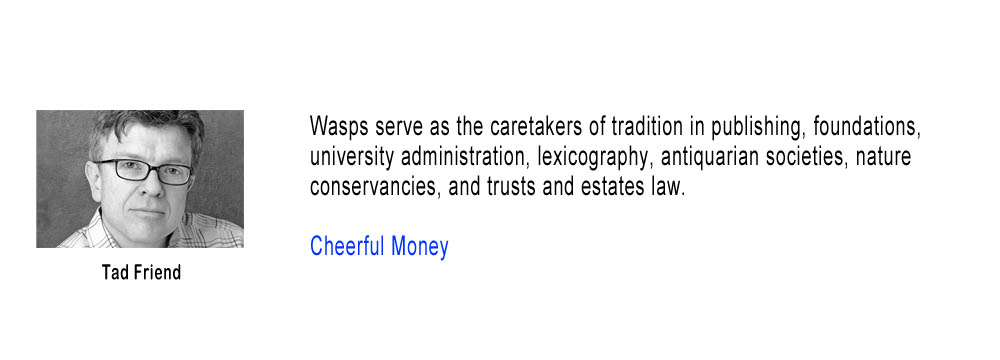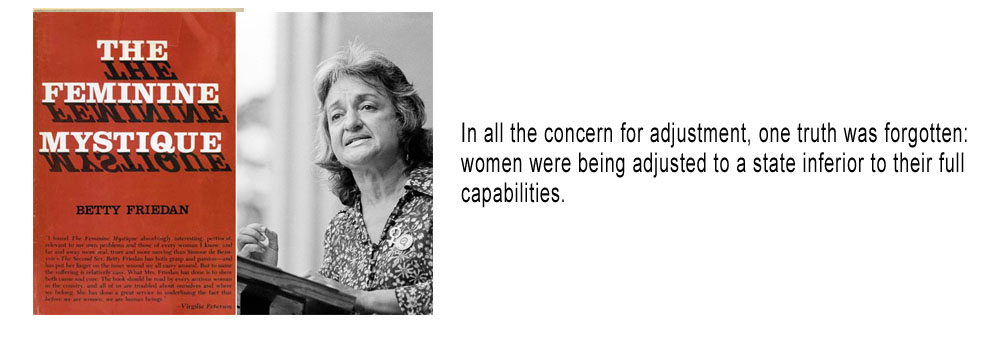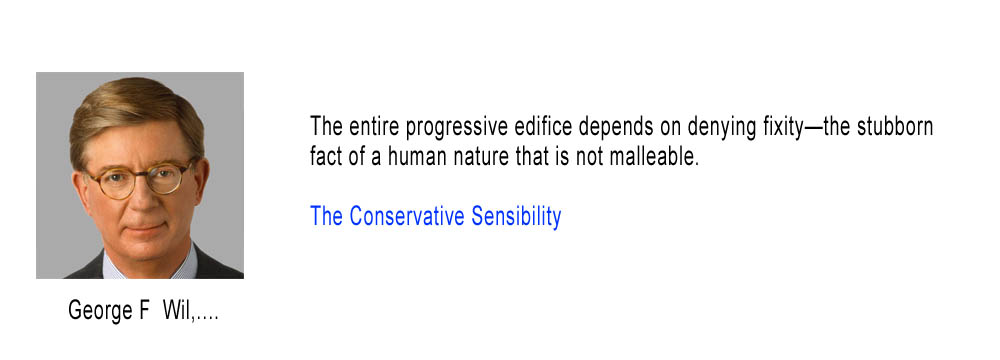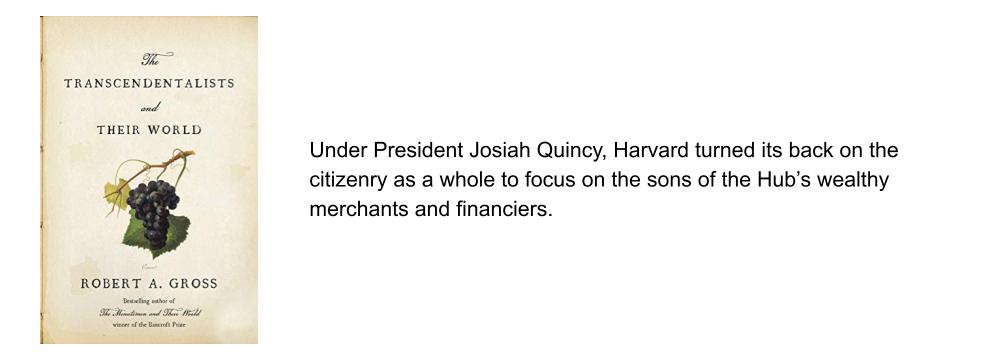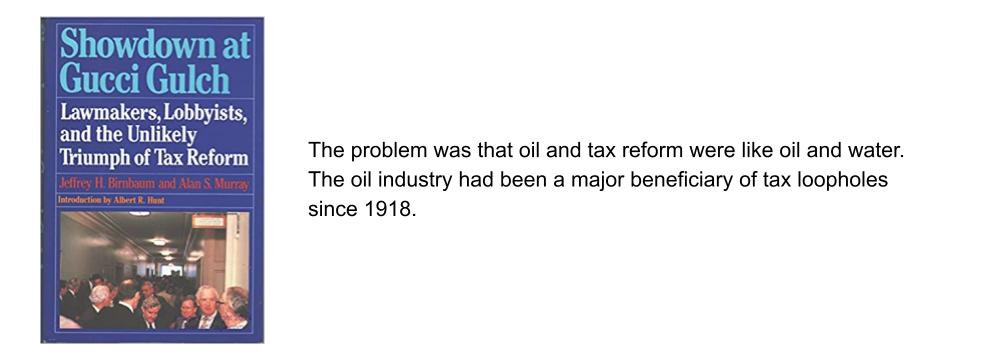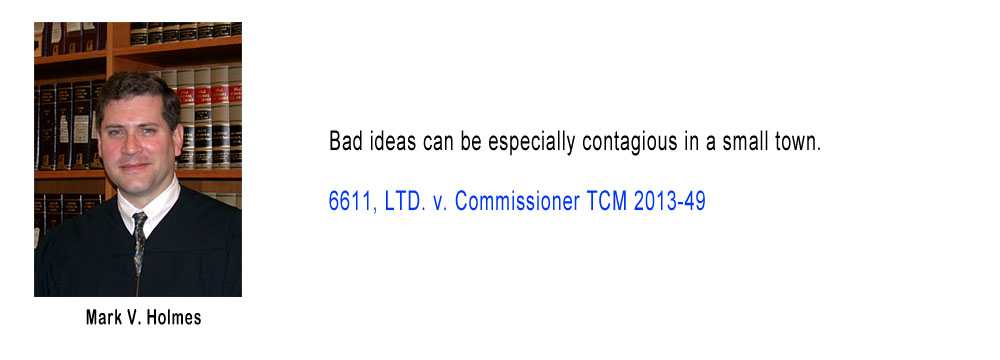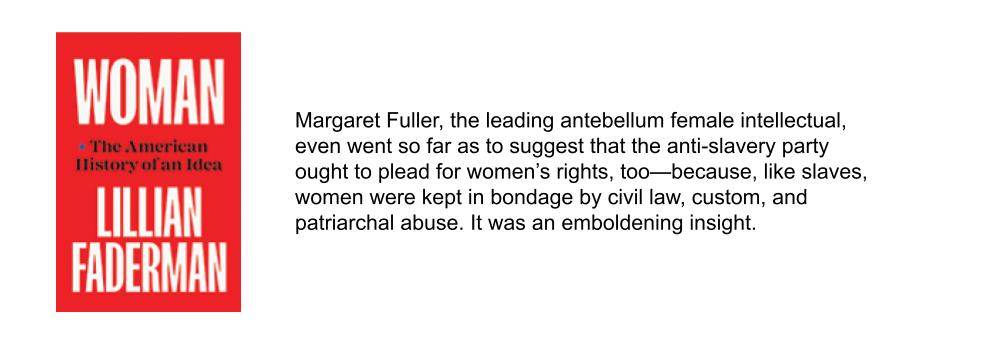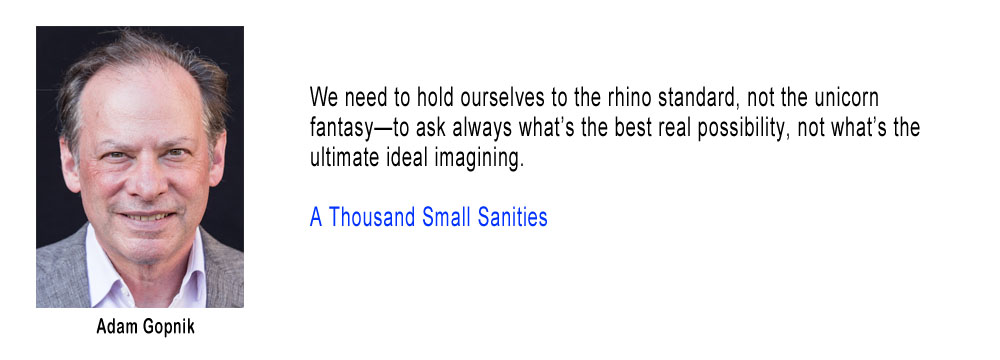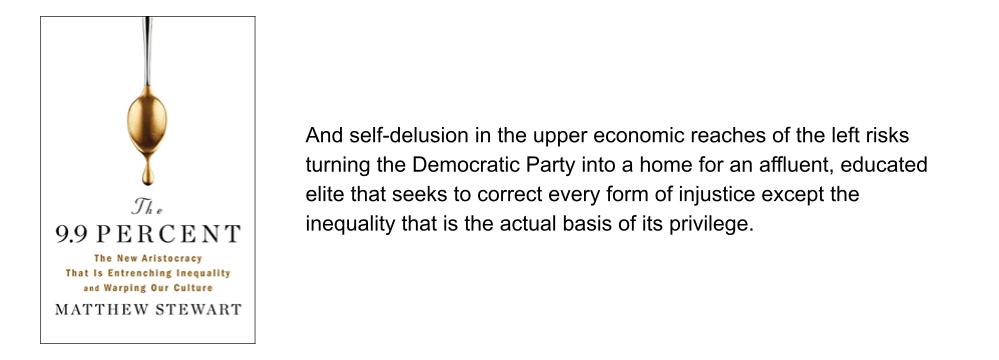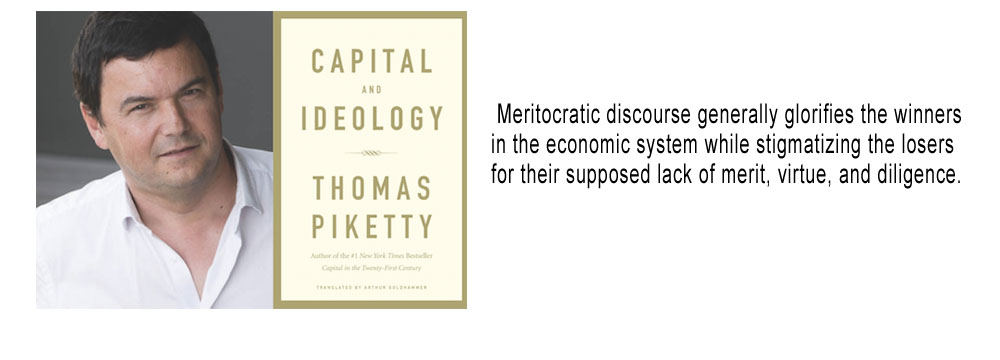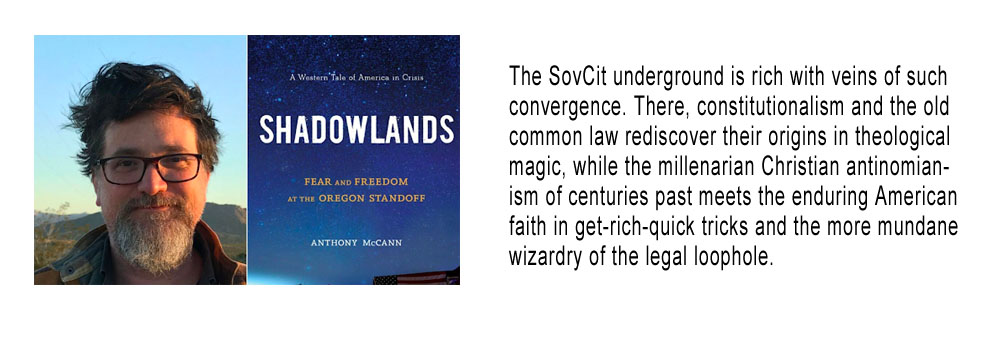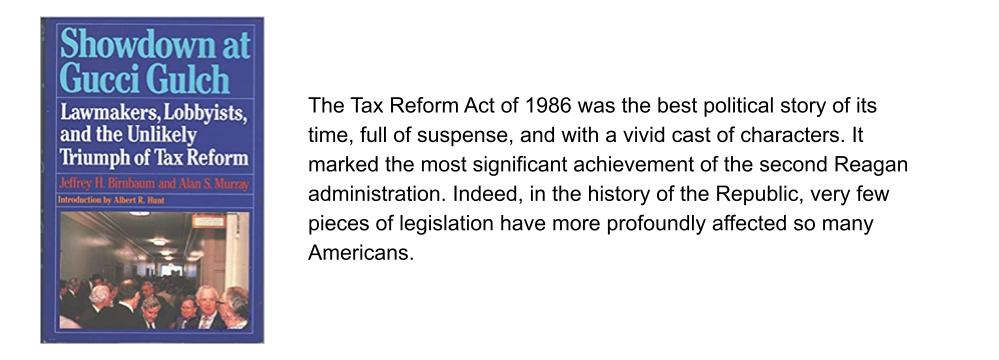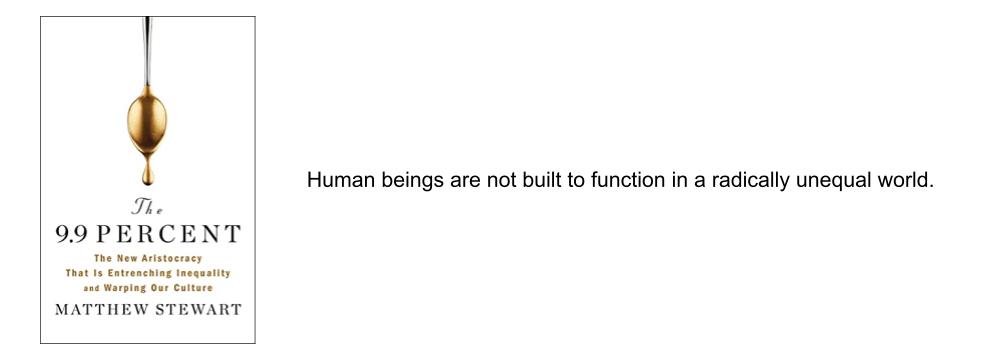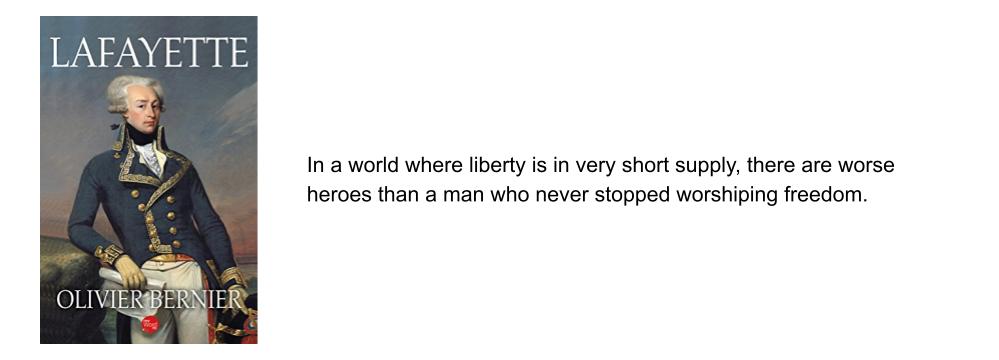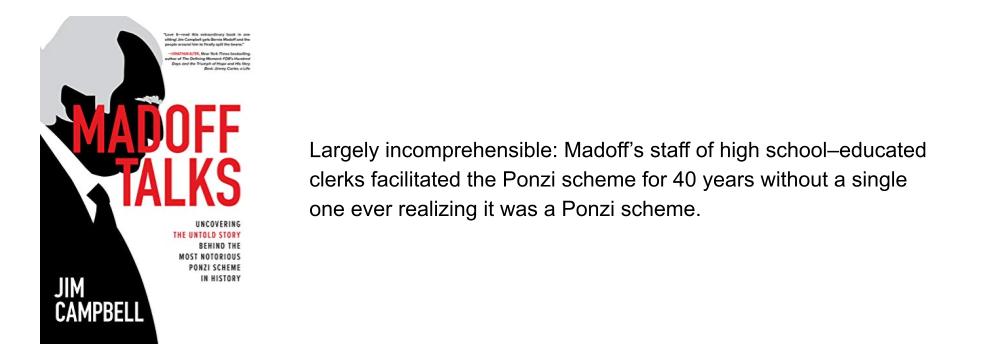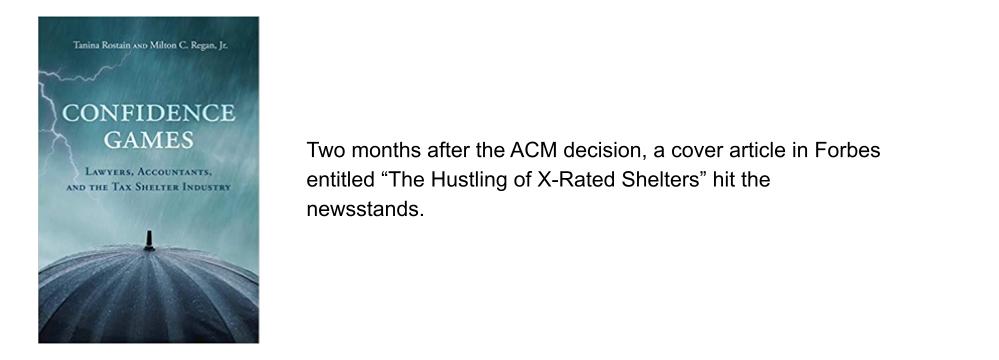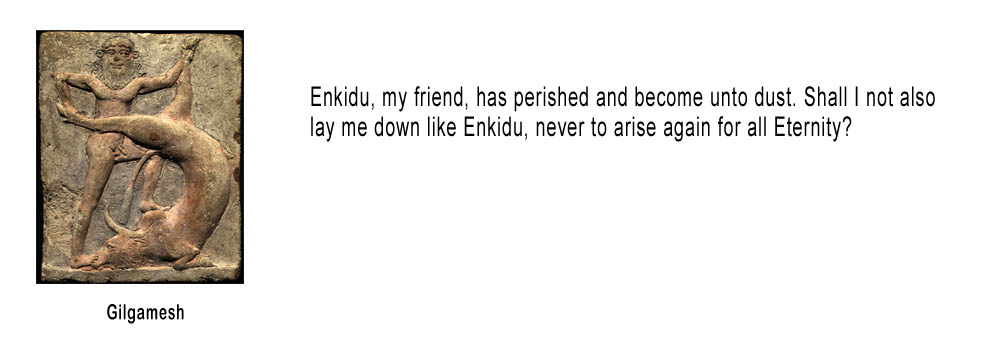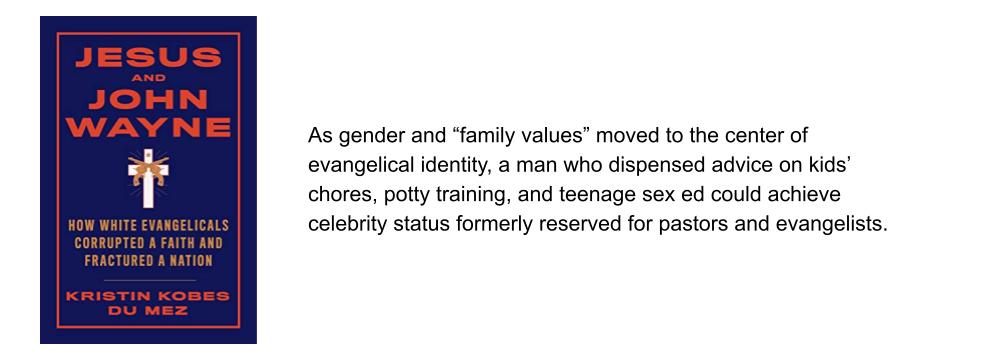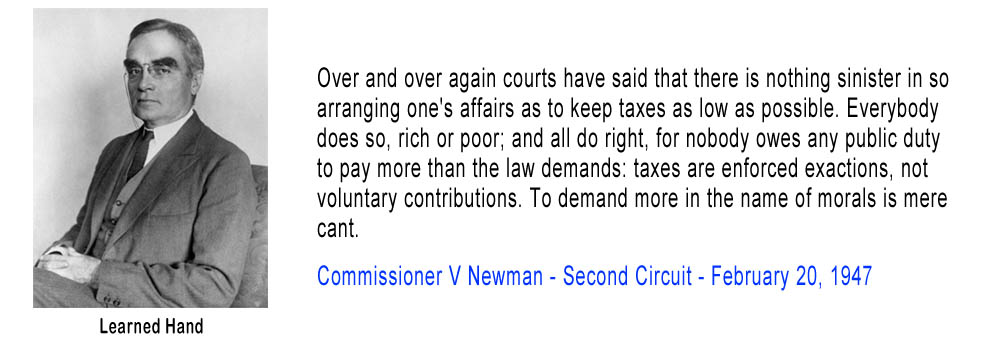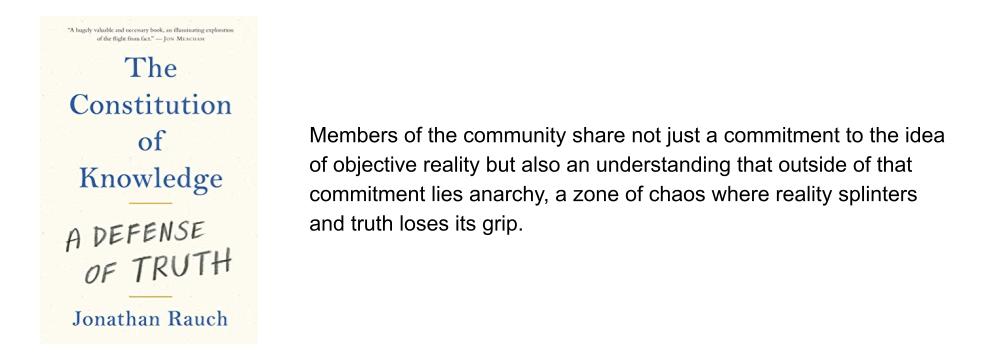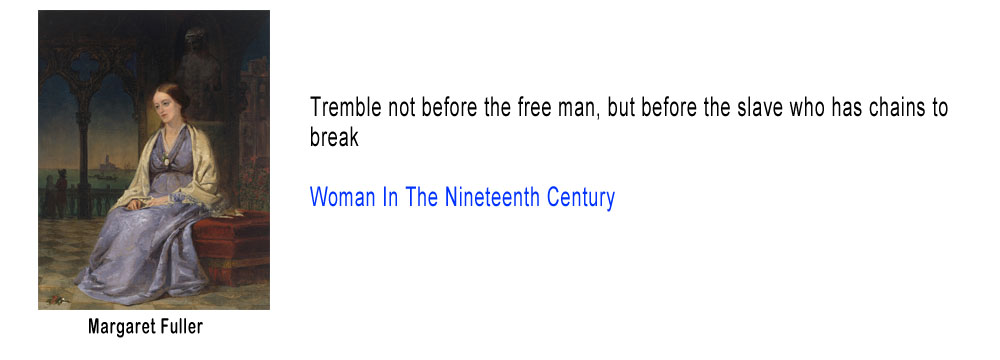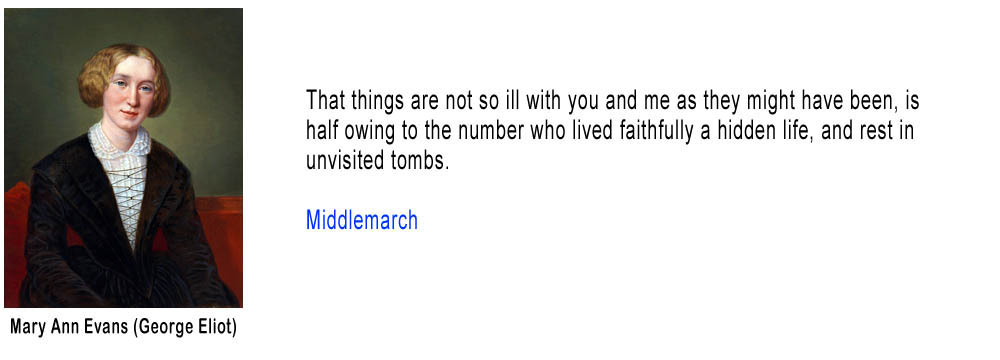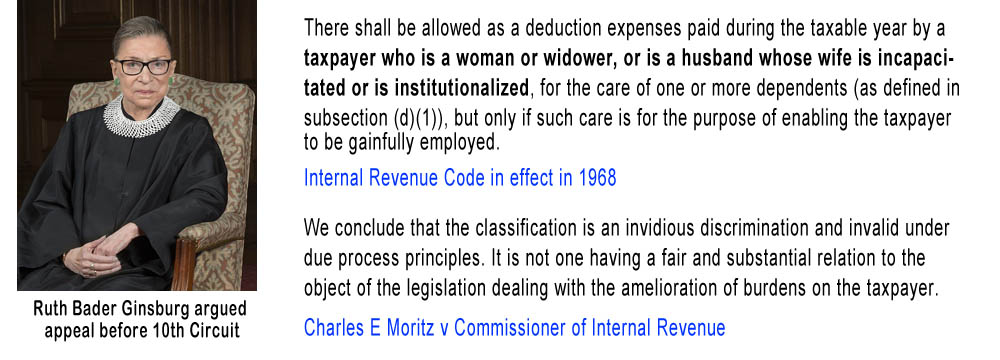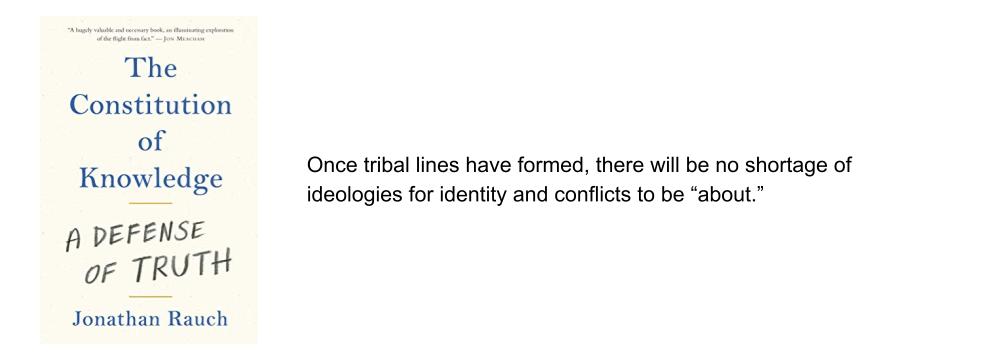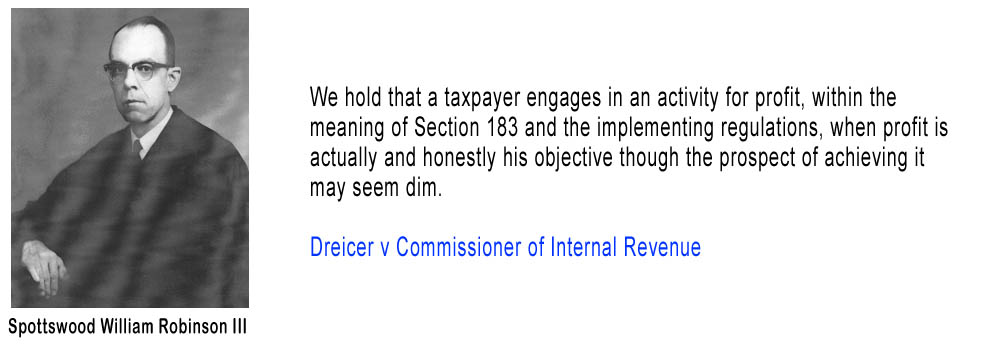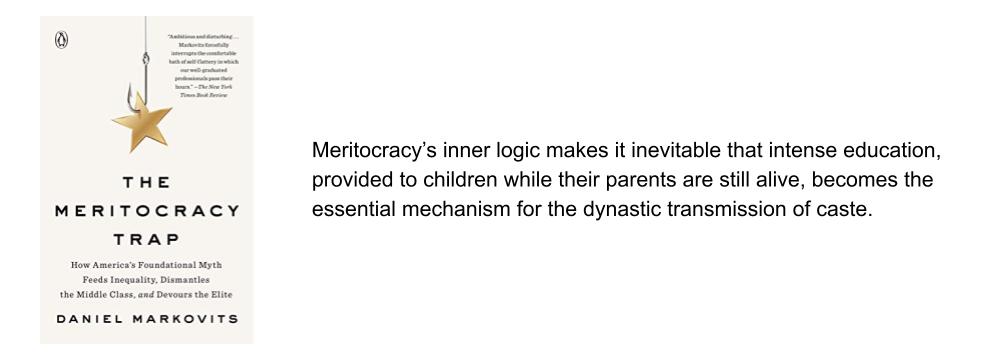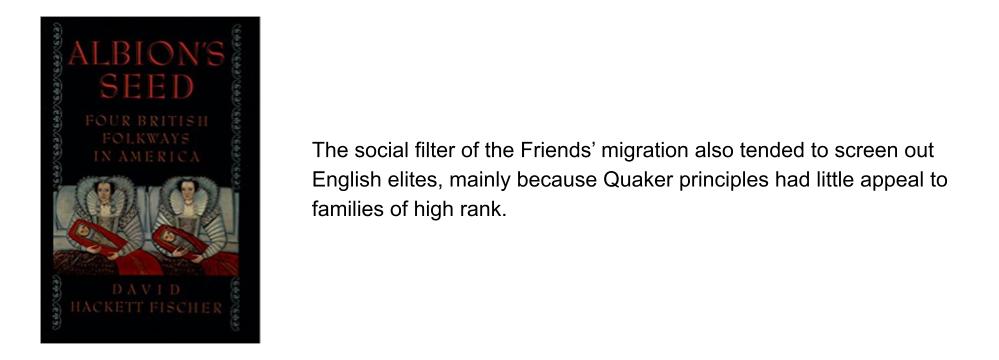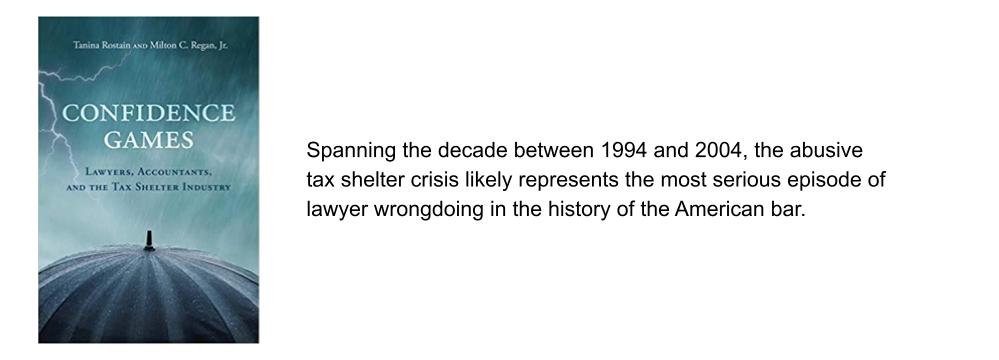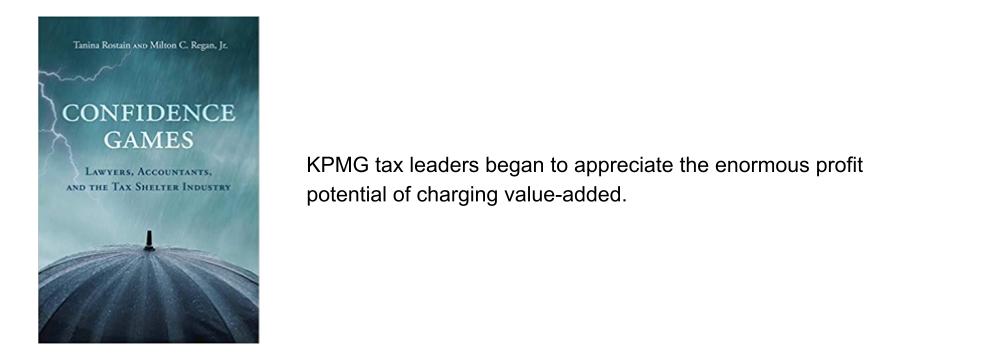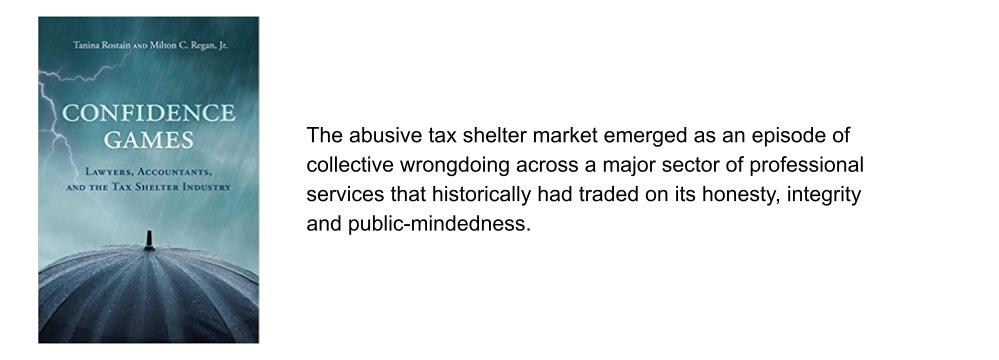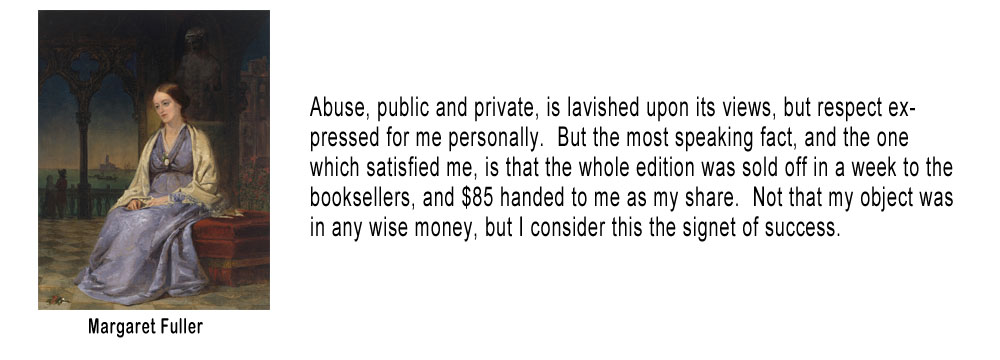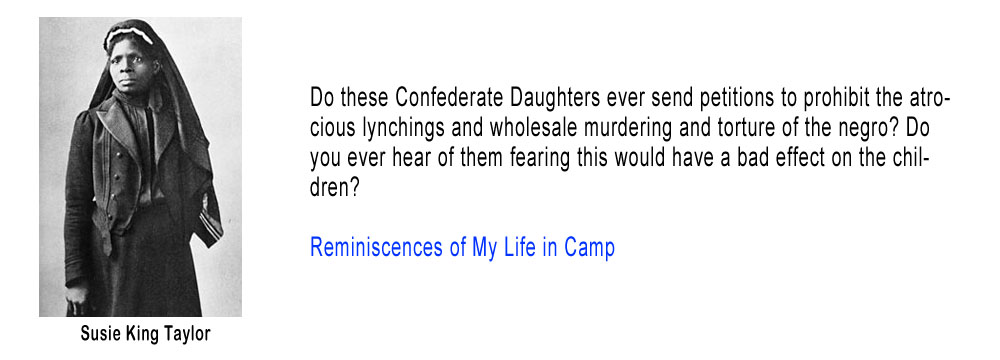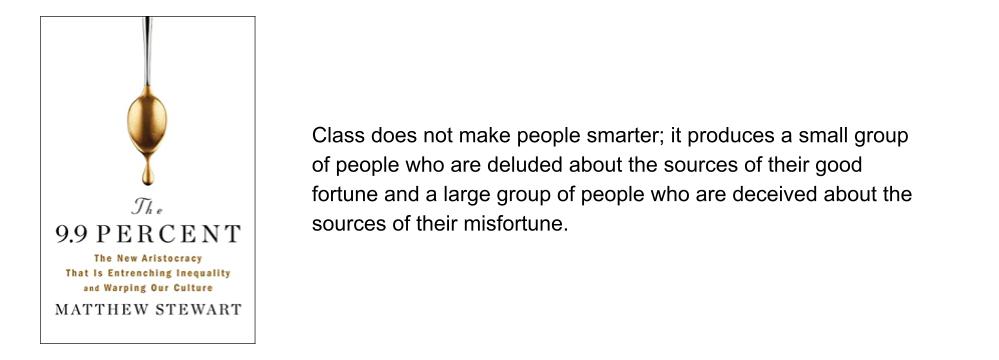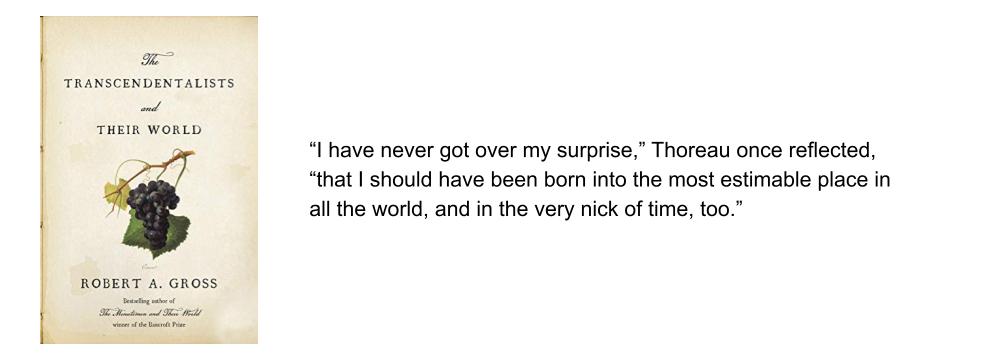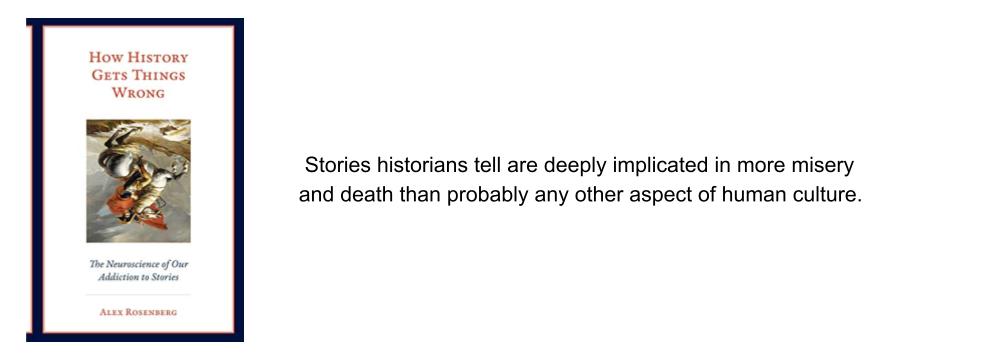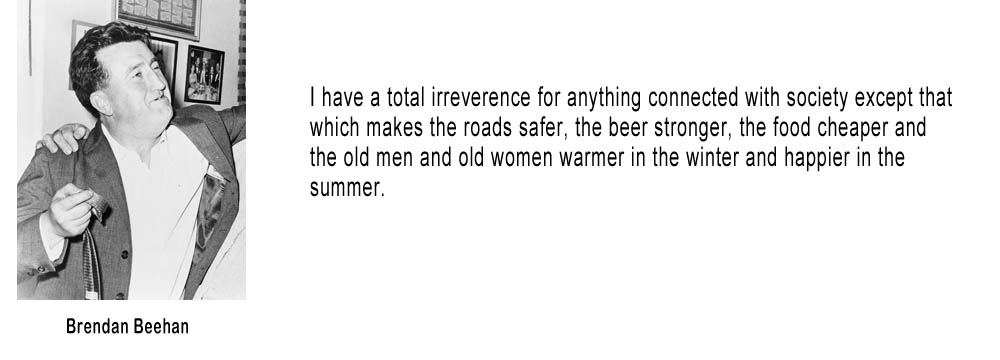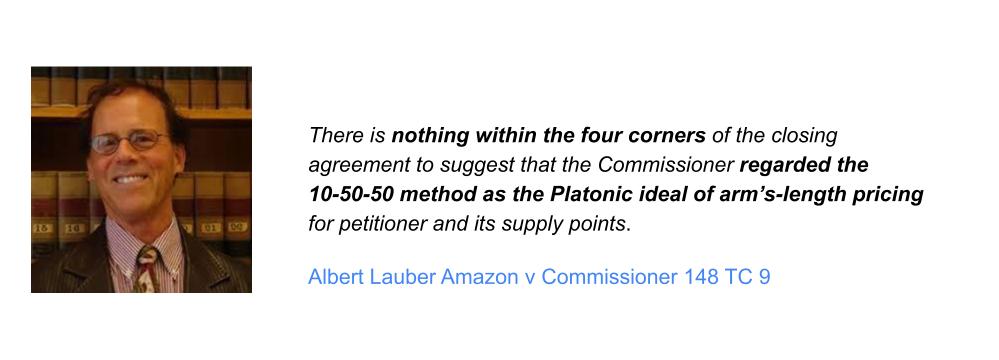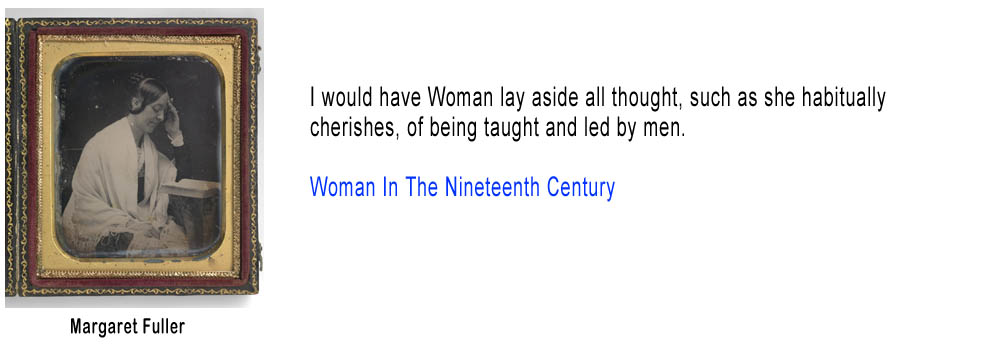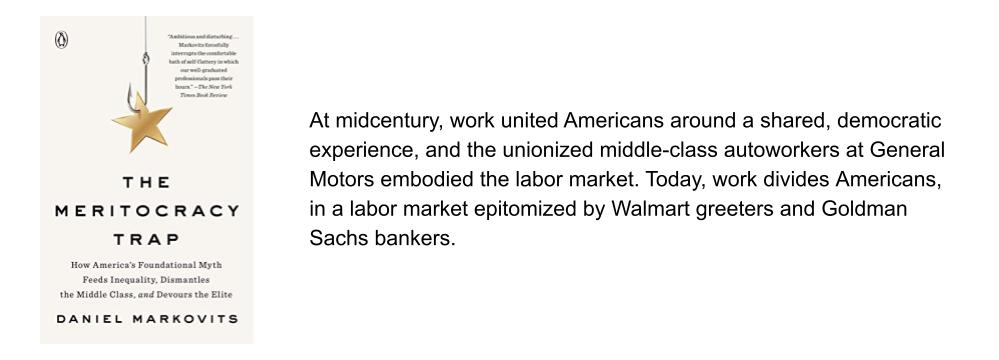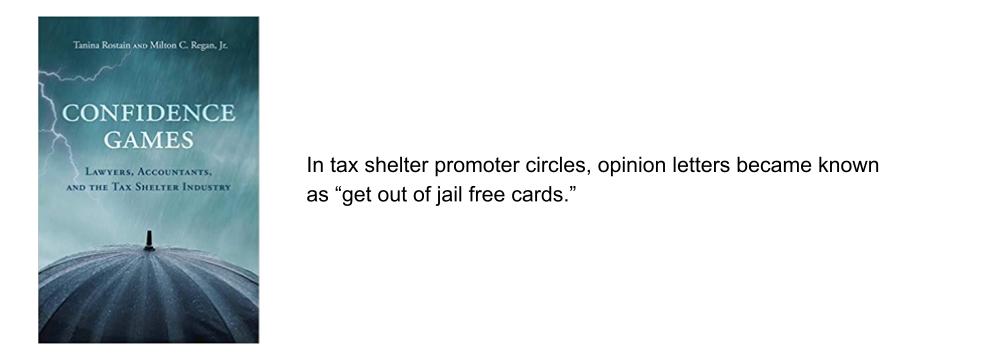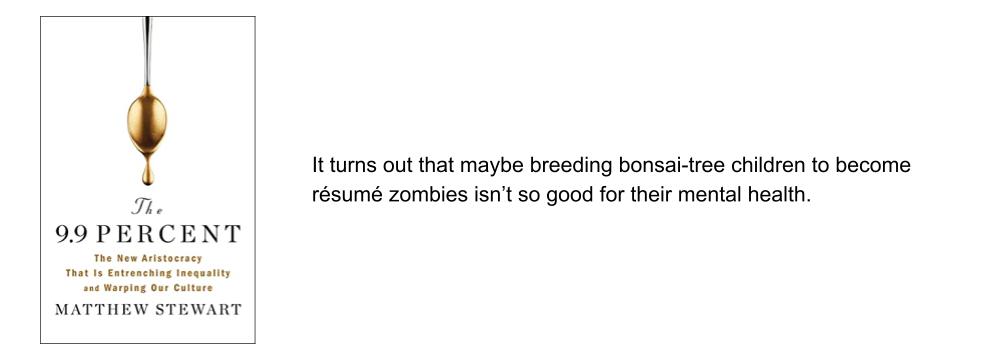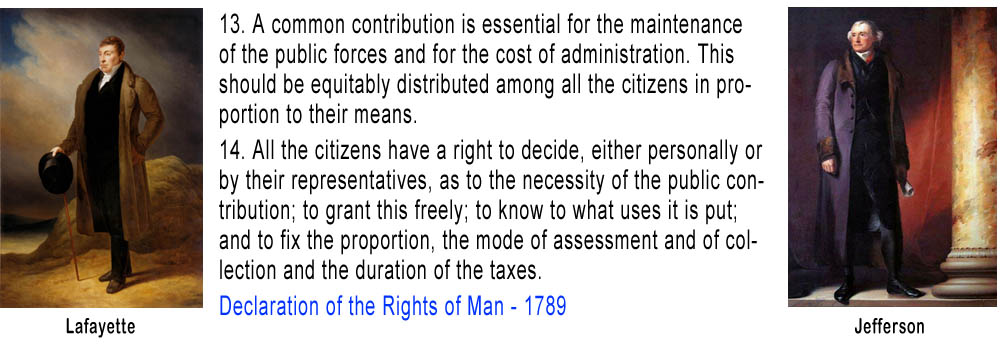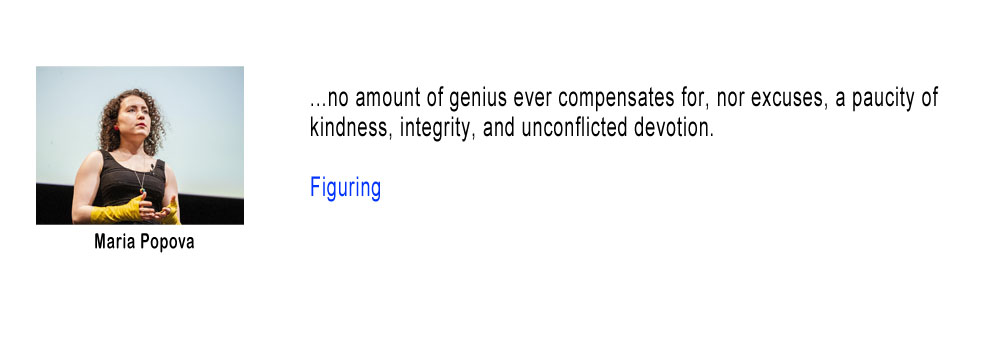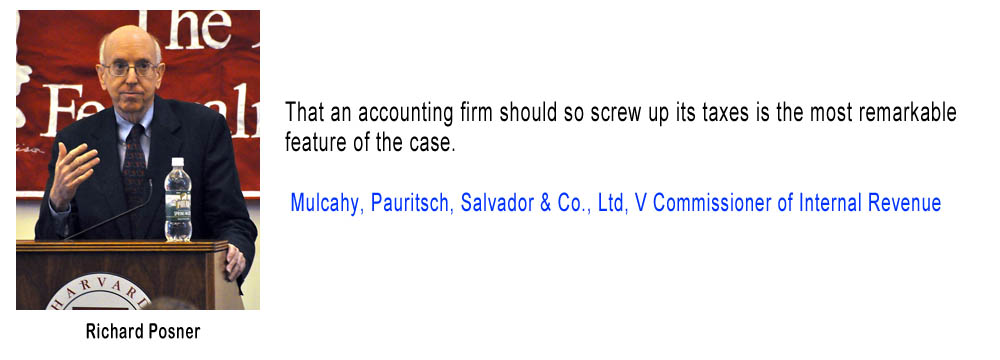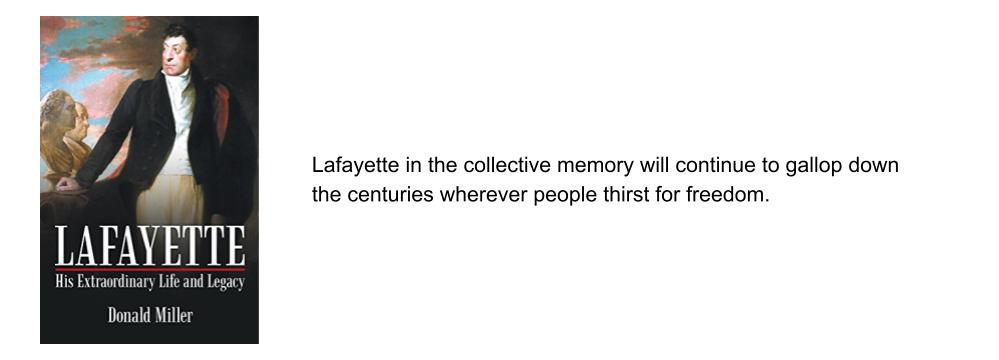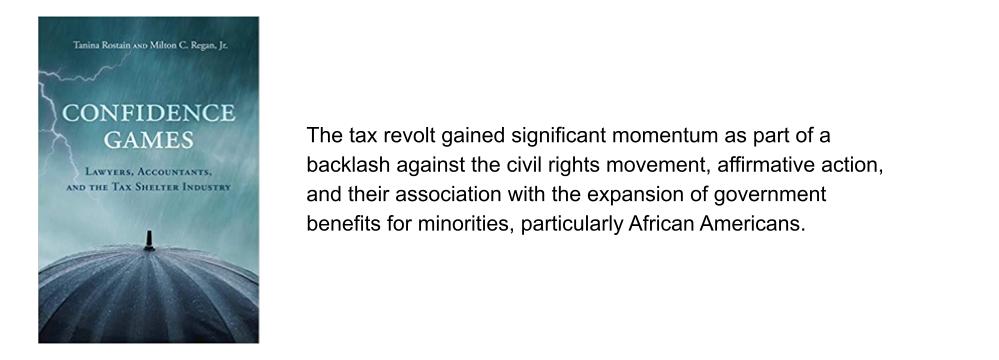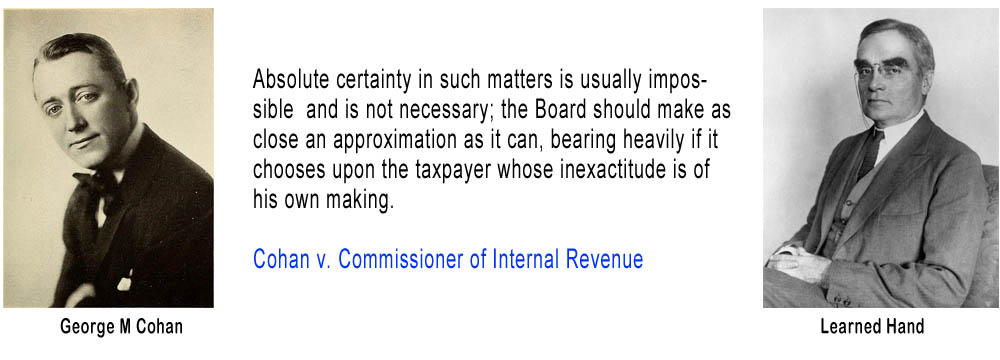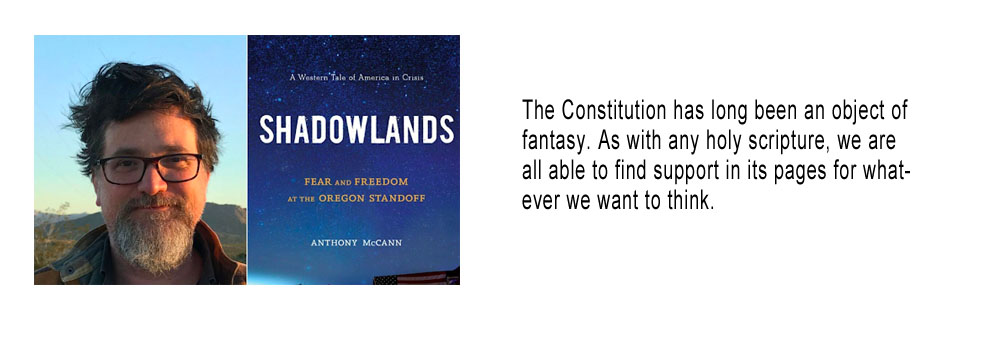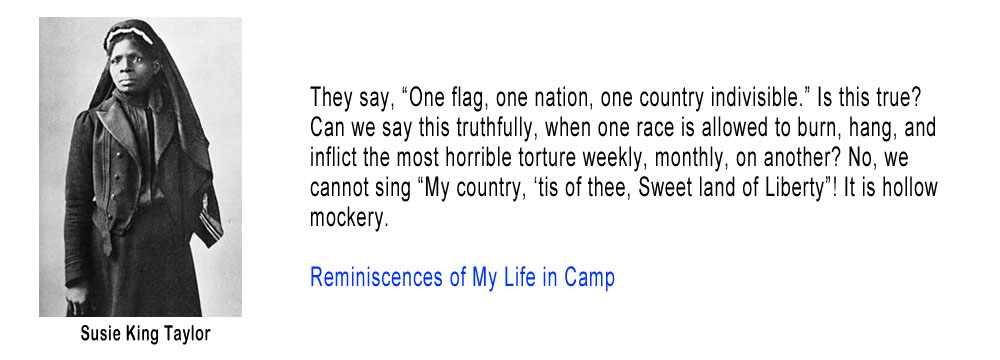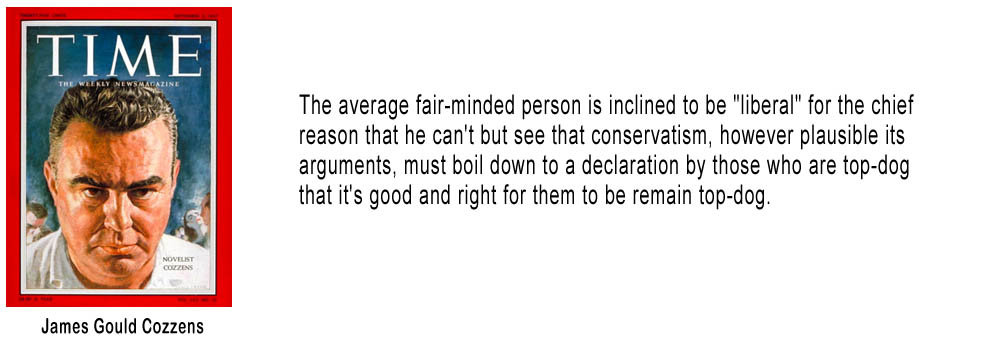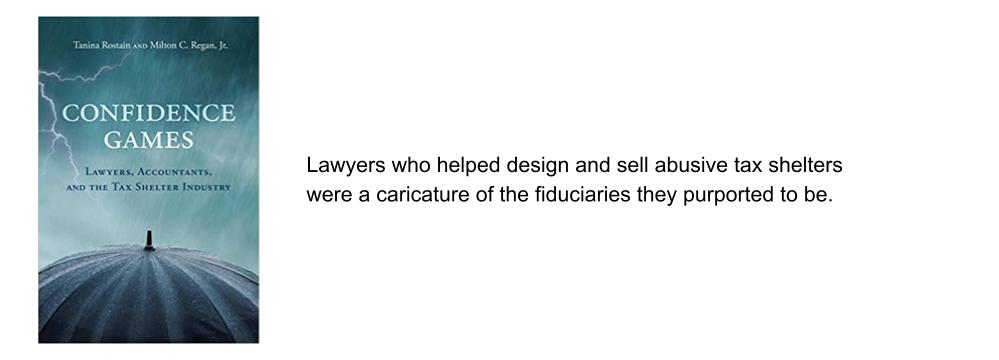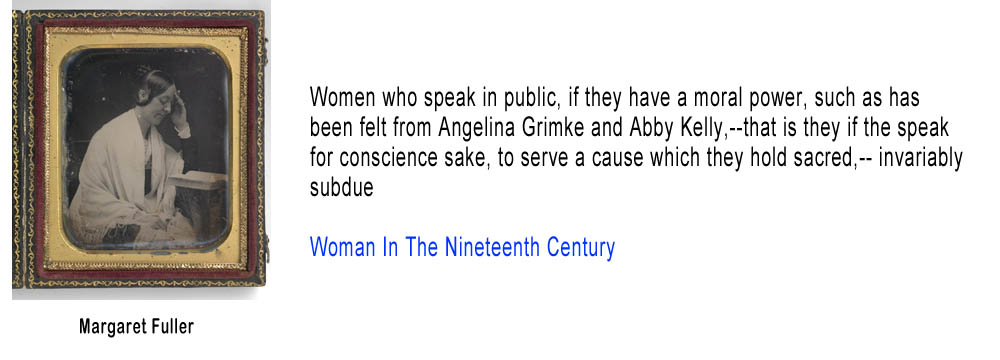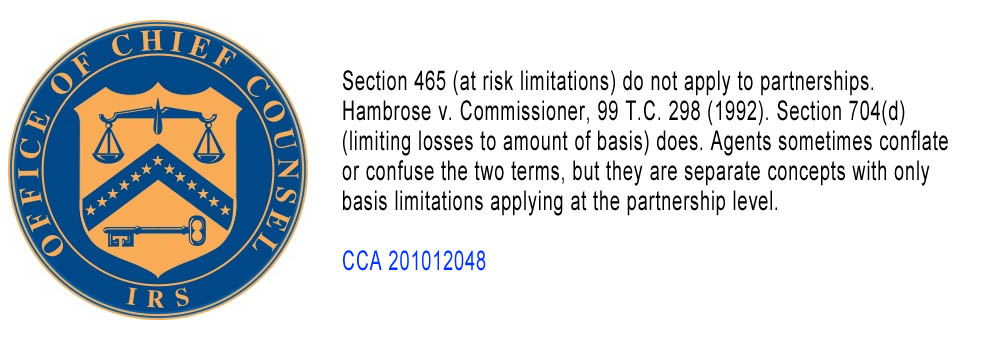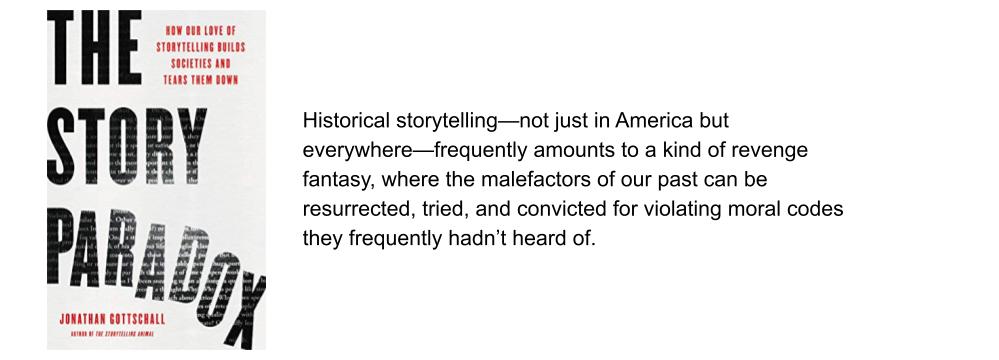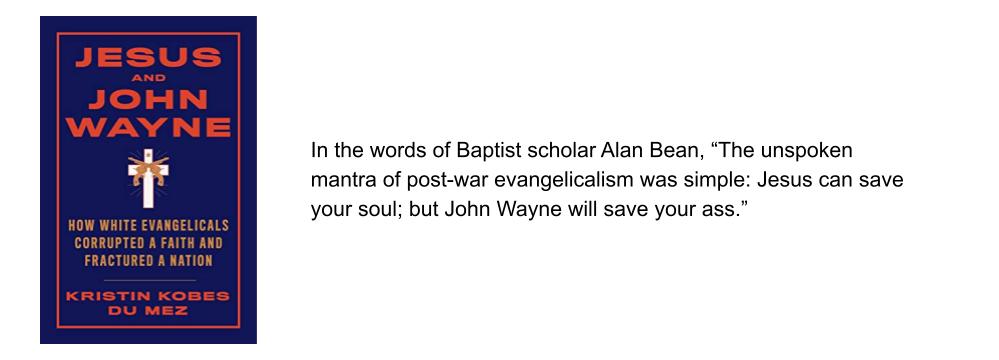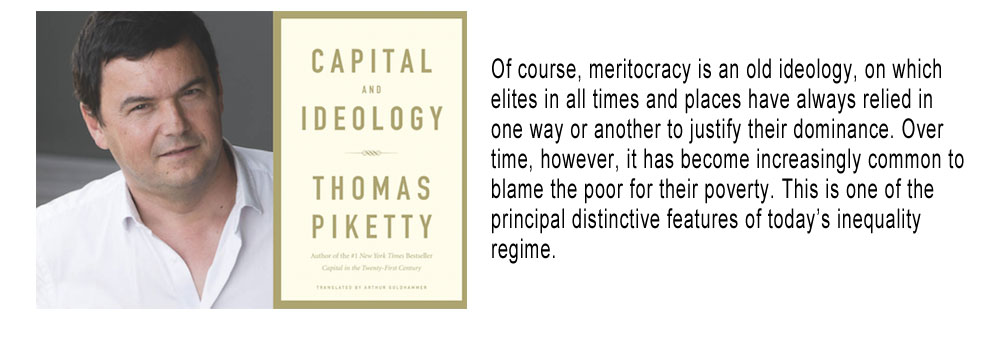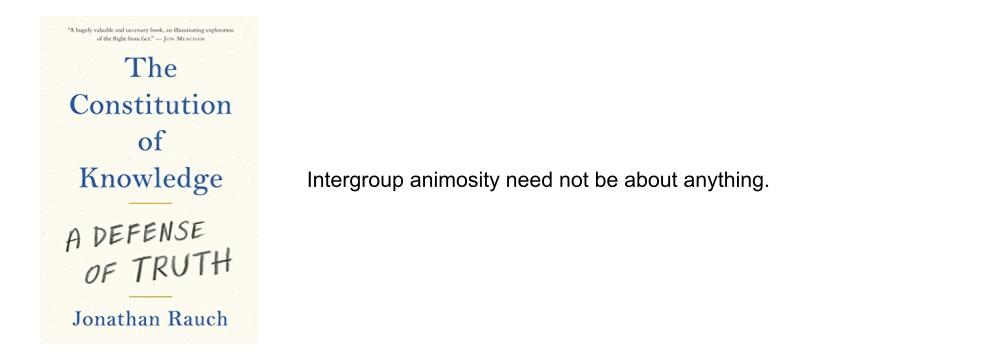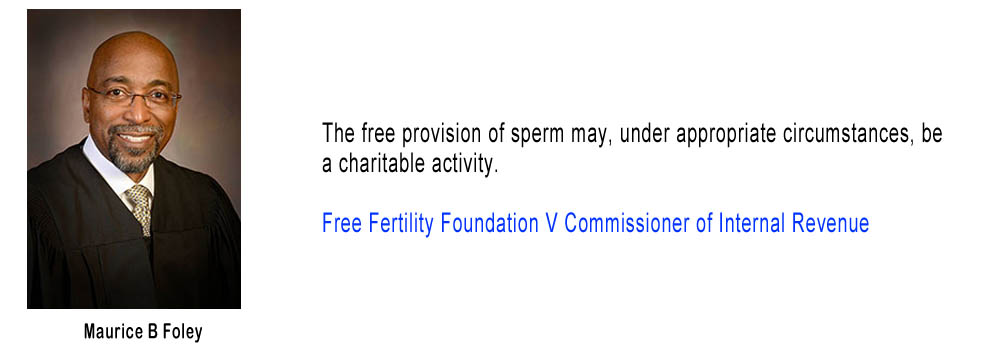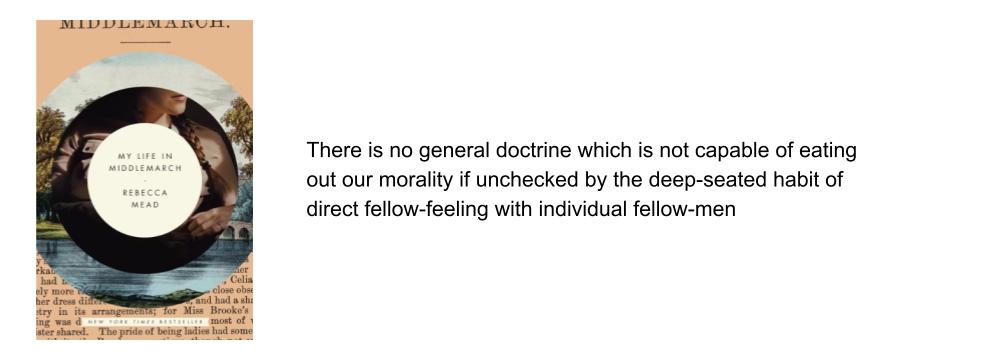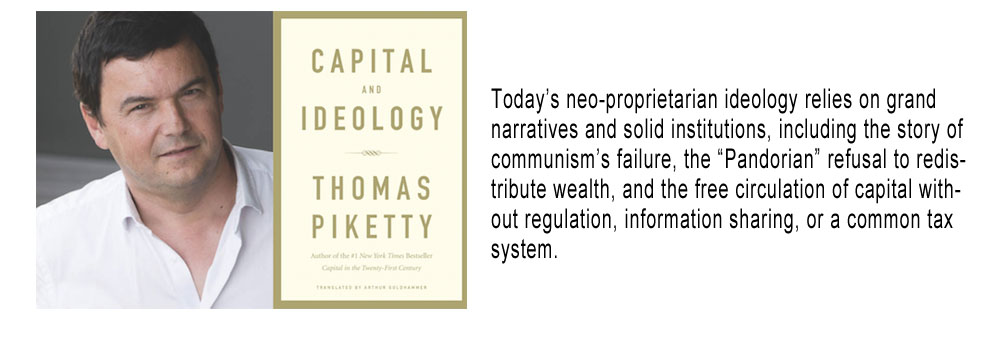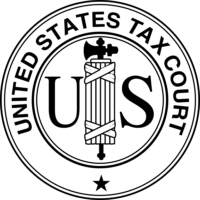Originally published on Forbes.com Sept 4th, 2014
Samuel Johnson once remarked that “Patriotism is the last refuge of a scoundrel”. That’s generally not true in tax matters. In tax practice, the last refuge of the scoundrels is the statute of limitations. That is what saved many of those who participated in Son-of -Boss deals and the like around the turn of the millennium. The IRS tried to argue that in many of the cases a six year rather than a three year statute applied, but the Supreme Court, in Home Concrete, ruled that inflating basis is not the same as omitting gross income.
The rule is that if you omit 25% of your gross income, you are subject to a six year statute rather than a three year statute. When it comes to the bottom line of your return, it would make no difference if you omitted a sale of assets in which you had low basis or claimed an inflated basis that wiped out the gain, but according to the Home Concrete decision, the latter dodge does not result in an extended statute.
G. Doublas Barkett and Rita M. Barkett were in Tax Court trying to extend the Home Concrete decision to apply to their situation. As I have often remarked, you learn all the math you need to do tax returns by the fourth grade. The issues raised in this case really push that limit, because they require us to think hard about percentages. Something that is easy to forget is that percentages are fractions. They have numerators and denominators. If you want your percentage to be lower, you can reduce the numerator, which is what the Son-of-Boss fraudsters were allowed to do by the Home Concrete decision. The Barketts, however, tried to raise the denominator. Here is the story.
In September of 2012 the IRS sent a notice of deficiency to the Barketts. It alleged that they had understated their gross income by $629,857 on their 2006 return and $431,957 on their 2007 return. Well, if they filed timely the statute ran out sometime in 2011 on the later of the two returns. Or as Carole King would say “It’s Too Late”.
There’s a catch though. Maybe we can call it Catch 25. The two returns had only reported gross income of $271,440 and $340,591. Since the understatements were substantially more than 25%, the IRS gets a six year statute.
But not so fast. The interesting thing is that the denominator of that fraction does not necessarily appear anywhere on your return, particularly if you are involved in flow-through entities (partnerships, S Corporations). Your share of the entity’s gross income is part of your gross income, but only the net, which might well be a loss shows up on your return. In order to compute your tax, we need to know your adjusted gross income, but your true gross income is usually of only academic interest. Unless of course, you are trying to get out of a six year statute, which frankly does not come up that often or, in my thirty plus years of tax work, ever.
It turns out that the Barketts did have interests in flow-through entities . They had an 80.04% interest in the Barkett Family Limited Partnership and owned 100% of an S Corporation named Unicorn Investments Inc. Personally when, I start my investment S corp it is going to be called Green Alligators, but that’s just me.
Anyway, the entities between them passed out capital gains of about $123,000 in 2006 and $314,000 in 2007. Gross income from the entities, at least in the view of the Barketts is another matter entirely. The gross receipts from investment sales were over $7,000,000 in 2006 and $4,000,000 in 2007. The Tax Court had previously ruled that for purposes of 6501(e) (The 25% six year rule), only gains from the sale of investments count, not the gross proceeds. The Barketts were arguing that that rule runs contrary to the Home Concrete decision. The Tax Court did not see it that way.
We see nothing wrong with petitioners’ logic, but it proves only that “gross income stated in the return” includes amounts realized stated in the return. That point is undisputed; one component of gain is amount realized, and respondent concedes that “gross income stated in the return” includes reported gains from the sale of investment property. The disputed issue, which petitioners’ argument does not address, is whether “gross income stated in the return” includes only the excess of the amount realized over the bases of the assets sold. We have consistently held that it does, and the Home Concrete decision does not disturb our precedents on the matter.
The Home Concrete decision invalidated a portion of a regulation that coincidentally included instructions for calculating gross income from the sale of investment assets. The decision treated favorably, however, the regulation’s instructions for calculating gross income stated in the return, which are consistent with our caselaw. Accordingly, we see no reason to stray from our precedents; we hold that “gross income” includes gains from the sale of investment assets, not the entire amounts realized from such sales. Under this rule, petitioners’ omitted gross income for 2006 and 2007 exceeds 25% of the gross income they stated in their returns for those years. Therefore, the six-year limitations period applies to those years and respondent’s notice of deficiency is timely with respect to them.
It is interesting to note that if the taxpayers had won, the result would not be a rule that would be always taxpayer friendly. Taxpayers who failed to report sales of capital assets at relatively small gains, but had lots of other income might find themselves caught by a six year statute, because, in their case, it would be the numerator that is being fooled with. Of course, a day trader who was thorough in reporting gains and losses might be able to slide by a significant omission of other income.
The moral of this story is probably directed to any of my readers who are in the third grade. You really do have almost all the math you need to do tax returns, but you should probably stay in school at least a year or two longer before you start your practice, because there are some fine points that you will need for special situations.
Lew Taishoff also covered this case in a post title Set In Concrete.

